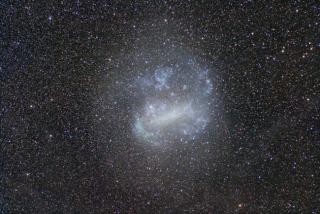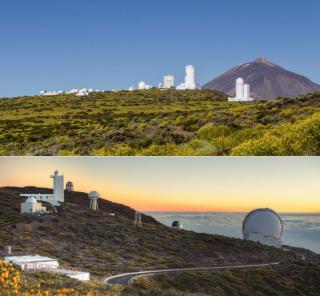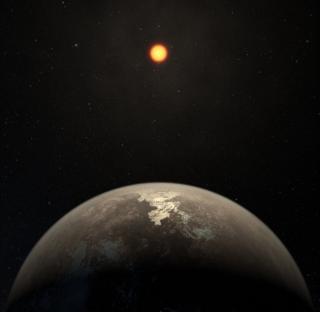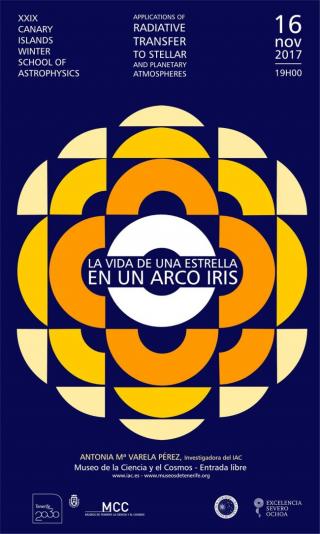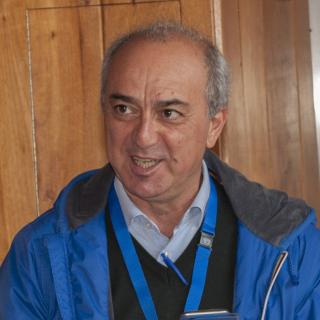
Giuseppe Bono, astrophysicist and associate professor of the Department of Physics at the Università degli Studi di Roma "Tor Vergata" (Italy), is a long-standing collaborator of the Instituto de Astrofísica de Canarias (IAC), either as visiting researcher or teacher in the Winter School that this centre organises in collaboration with the University of La laguna (ULL). In this edition, he will dedicate his talks to near-infrared high resolution spectroscopy of variable stars. That seems a difficult subjetc, but he assures that the accurate scattering of changing light emitted in that
Advertised on

